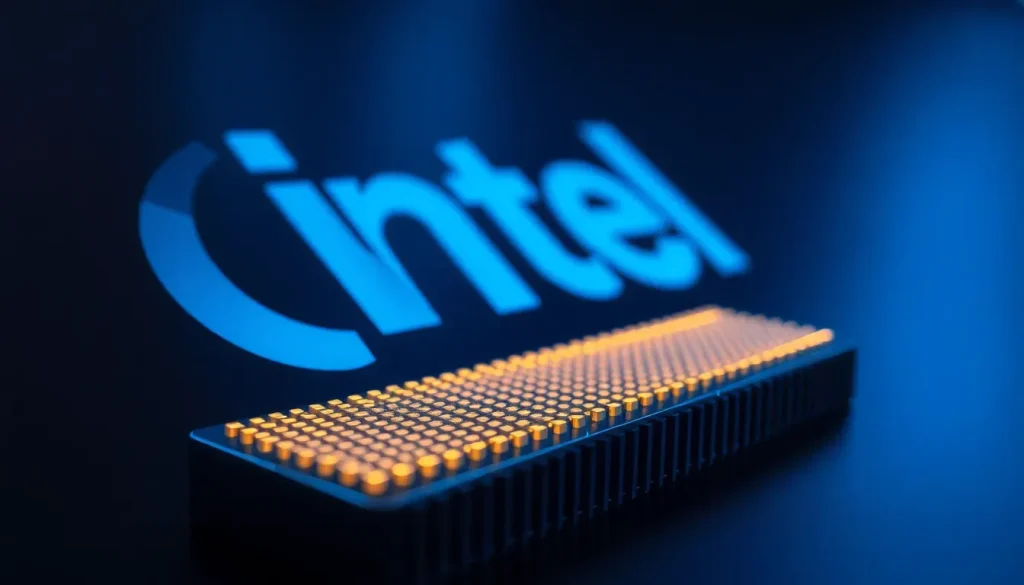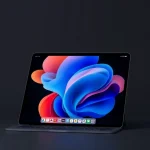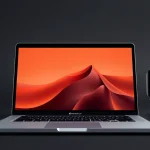Intel to buy glass substrates from Samsung to compete with TSMC

In the fiercely competitive arena of semiconductor manufacturing, companies are continually seeking innovative solutions to maintain their edge. One of the latest developments involves Intel's decision to collaborate with Samsung in a bid to enhance its capabilities in advanced packaging technologies, particularly through the use of glass substrates. This strategic move underscores the importance of diversifying suppliers and embracing critical technologies that will shape the future of CPUs and GPUs.
As the industry moves towards more complex and efficient designs, it becomes essential for leading players like Intel to adapt quickly. Samsung, with its extensive experience and resources, emerges as a pivotal partner in this evolution. The implications of this partnership extend beyond mere supply agreements; they reflect a broader trend in the semiconductor landscape towards innovation and collaboration.
Intel seeks Samsung's expertise to compete with TSMC in glass substrates
The collaboration with Samsung is not just a logical choice; it is one of the most advantageous options for Intel. The South Korean giant has made substantial investments in glass substrate technology, aiming to position itself as a global leader in this domain. This strategic direction is evident, as Samsung has developed a pilot line in Sejong capable of producing 500x500 mm glass substrates using Through-Glass Via (TGV) technology.
These initial samples are expected to be ready by the end of the year, with support from Chemtronics, a company also preparing to launch its own processing line. This rapid progress indicates that Samsung is committed to staying at the forefront of glass substrate manufacturing.
Currently, the glass substrate market is still in its testing phase. Companies like SKC Absolics have already made strides with their facility in Covington, Georgia, where they produce prototypes of glass core substrates. They are also expanding their operations with plans for a second factory that will be six times larger. Notably, their discussions with AMD highlight the necessity for major CPU and GPU designers to diversify their supply chains, especially in a market ripe for innovation.
Understanding the types of glass substrates and the competition
Glass substrates can be categorized into two primary types: glass core substrates and glass interposers. Each serves a distinct purpose in advanced packaging:
- Glass Core Substrates: These replace traditional organic materials in packaging, providing enhanced stability.
- Glass Interposers: These act as bridges in 2.5D and 3D configurations, facilitating improved communication between components.
Intel's future processors, particularly those designed for high-performance tasks and artificial intelligence accelerators, require both types of substrates. The pursuit of this "holy grail" of packaging technology stems from several key advantages offered by glass:
- Increased Dimensional Stability: Glass substrates maintain their shape better than organic alternatives.
- Lower Thermal Expansion: This characteristic reduces the risk of warping under heat.
- Improved Signal Transmission: Glass allows for better electrical performance, crucial for high-speed applications.
The race to adopt glass substrates is intensifying, and companies like Samsung are investing heavily to secure their place in this burgeoning market. For Intel, the need to incorporate both types of glass substrates is imperative until one emerges as the frontrunner.
Projected timelines and industry impact
Despite the enthusiasm surrounding glass substrate technology, industry experts estimate that mass production will not commence until 2027, with a realistic ramp-up toward 2028. During this period, Intel must rely on pilot samples and early production lines while advocating for the standardization of glass substrate technology.
Samsung’s investment in this area allows them to collaborate with a financially robust partner that possesses extensive experience in packaging and a secure supply chain for glass substrates. This alliance is crucial for Intel, as it positions them to accelerate their entry into a competitive market.
However, it's essential to recognize that the entire chip industry is on this trajectory. Competitors such as AMD, Tesla, NVIDIA, and TSMC are also racing to integrate glass substrates into their products. The entity that successfully navigates this transition first is likely to gain a significant advantage over its rivals.
Current trends in semiconductor manufacturing
The shift towards glass substrates is part of a broader trend in semiconductor manufacturing, which includes:
- Increased Density: The demand for smaller, more powerful chips is driving innovation in substrate technology.
- Sustainability Initiatives: Companies are exploring environmentally friendly materials and processes to reduce waste and emissions.
- Collaboration Across the Industry: Strategic partnerships are becoming essential as companies seek to share knowledge and resources.
In this context, understanding the implications of materials and manufacturing processes becomes crucial for stakeholders in the semiconductor ecosystem. As the market evolves, the focus on advanced technologies like glass substrates will likely shape the future of chip design and production.
To gain further insights into the competitive landscape of semiconductor manufacturing, you might find this video interesting: TSMC vs Samsung vs Intel – ¿Quién Hace los MEJORES ....




Leave a Reply